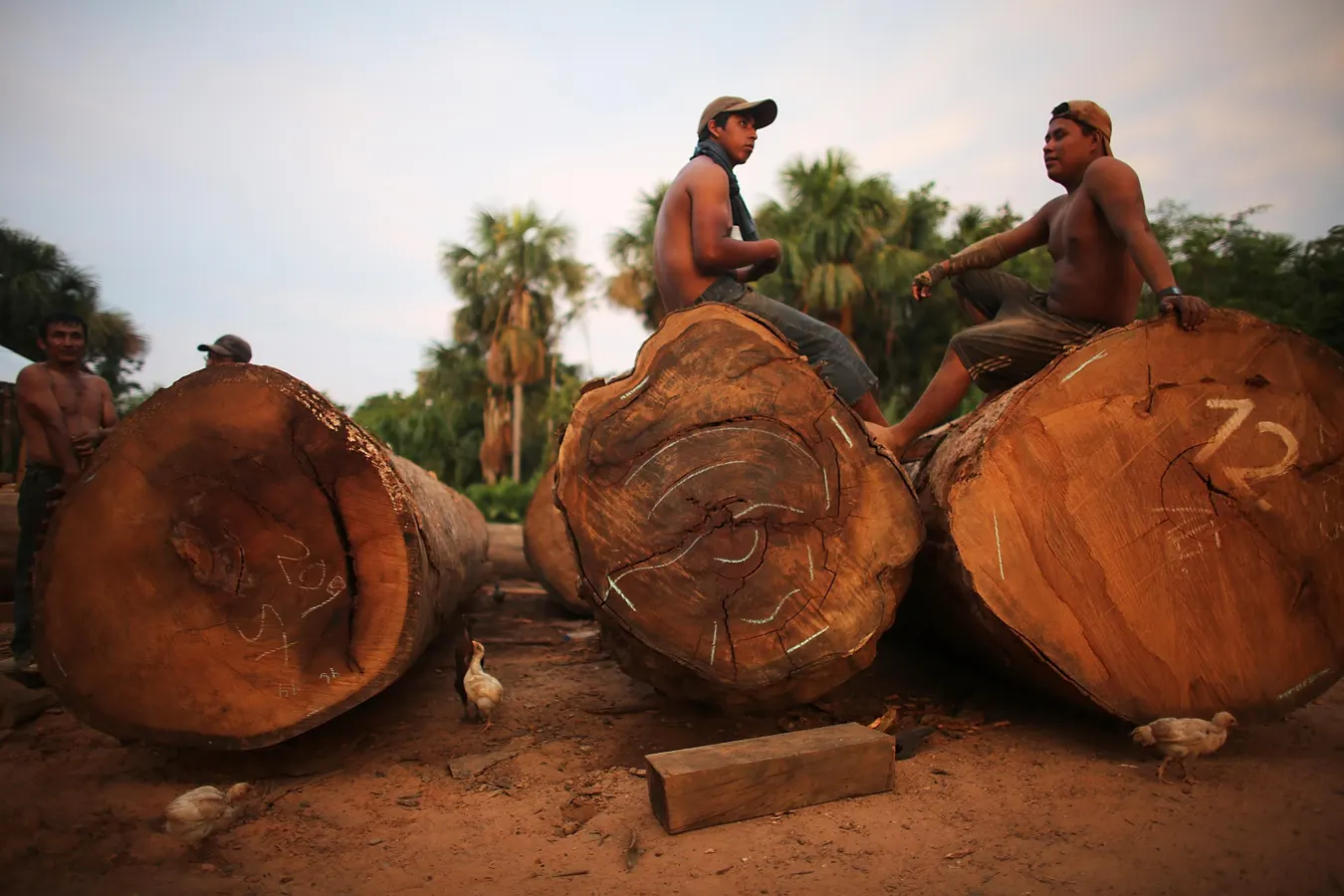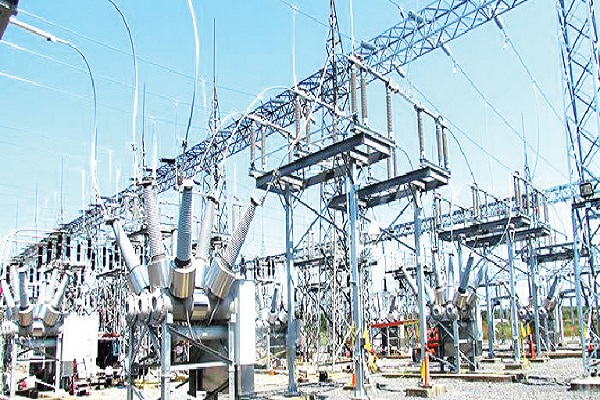Copyright forbes

Loggers sit on felled trees in a deforested section in Peru. (Photo by Mario Tama/Getty Images) Getty Images With gold prices at an all-time high, illegal gold mining is again rising— a recurring pattern between gold prices and illegal gold mining. Earlier this month, several top-tier news reports covered illegal gold mining linked to the gold boom. The price of gold is at an all-time high of USD 4,000 per ounce, roughly double what it was last year — an outstanding jump in value. Even as businesses and investors celebrate record-high prices, nature is paying the price — through forest loss and poisoned rivers. Gold mining is one of the key reasons for forest loss in the Amazon and many parts of Africa. Miners chop down all kinds of tree species to reach subsurface minerals, causing the immediate loss of trees and adversely impacting the larger ecosystem and local species. In Peru, illegal gold mining drove the clearing of about 140,000 hectares of forests, as reported in recent coverage — an area roughly twice the size of New York City. Illegal small-scale mining is at the root of this problem. While industrial mining has increased only fivefold, garimpo, or small-scale illegal mining, increased by 1,200% between 1989–97 and 2019–2022, with about 40% of the mines being five years old or younger, according to a recent paper in Nature by scientists from the Federal University of Para, Brazil, on uncontrolled illegal mining. However, illegal mining is not only about tree loss; it also causes mercury pollution, which is hazardous to human health. Recent research has detected that mercury levels are above safe limits in regions such as Peru and can be directly attributed to areas with high illegal mining. Mercury is used to separate gold during the small-scale mining process. Mercury poisoning is linked to several health issues, including learning difficulties in children. There should be zero tolerance for this problem, which causes forest loss and has wider impacts on people’s health. So why is it still happening? And what are we doing to stop this injustice to nature, water resources, and people’s health? Are governments doing enough? And if steps are being taken, why can’t we put an end to this, and why does this pattern keep springing up again? MORE FOR YOU How Is Illegal Gold Mining Tracked and Addressed? To say governments are not doing anything would create an unfair picture of the problem. Illegal mining is on the radar of international law enforcement. Operation Green Shield, a recent law enforcement initiative involving cross-border cooperation between the governments of five countries — Brazil, Ecuador, Peru, and Colombia — with support from the UAE), led to almost 90 arrests and the seizure of illicit assets worth over USD 64 million. As many as 1,500 officers were deployed for the purpose. There has also been a rise in national enforcement. For instance, in Brazil’s indigenous areas, two regions that have received particular coverage are the Munduruku Indigenous Lands and the Yanomami Indigenous Territory. Earlier this year, the government mandated electronic invoices to track gold traded in the country, replacing the paper registration model. It also cancelled an earlier law that allowed certain organizations to buy gold without certification of where it originated — a concept known as the ‘good faith’ rule for gold buyers. Satellite imagery, drones, and local forest monitoring are all helping track illegal mining activity in real time and trigger quick responses from authorities. Most notable is the Monitoring of the Amazon Program, which tracks several South American countries through satellite imagery to identify areas showing increased illegal activity. Other regions are also using this approach. For instance, the government of Ghana has started using technology and satellite monitoring to track illegal activity. Clearly, steps are being taken. Then what is the problem, you may wonder? Why does the problem persist? Illegal Gold Mining Is A Deeply Entrenched Problem The problem of illegal mining is like a cat-and-mouse chase. Reports from the ground, covered in a multi-part series by Mongabay, mention that criminal groups often return after enforcement ends or relocate to less controlled areas. The problem keeps springing up again because it is deeply entrenched in the economies of these regions. It is the root cause of illegal mining, which is much more complicated to solve. People who get lured by such activities sometimes simply do not have other viable sources of income. Most indigenous people and local communities living in these areas recognize the However, there are also cases where short-term gains make some of these people complicit in the actions of offenders, making such mining difficult to stop. Sometimes, those who face the brunt of enforcement may not be truly responsible — rather, they are workers employed by the offenders. Local reports highlight how, in some cases, law enforcement has destroyed machinery belonging to local contractors who lease their machines to offenders to make a living. Such crackdowns sometimes put a blow to their subsistence. For the police, on the other hand, destroying machinery is an effective strategy because without it, mining operations cannot continue. One argument is that it is important to create alternative sources of income so that indigenous people who are lured by the short-term gains of mining have other livelihoods. But that is easier said than done. How does one create alternative sources of income when this illegal mining activity is so deeply entrenched? In Brazil, for example, garimpos is the word used to refer to illegal miners. Sometimes these people are well respected in the community and even stand for elections. They argue that this is a source of income when nothing else exists — and that there is a need for the legalization of illegal mining, which is a major commercial activity in these regions. While it might still be possible to legalize it, what about regions that are protected areas? Moving Beyond Criminalization Towards Inclusiveness It is key to move beyond outright criminalization toward an inclusive framework. The World Bank recently developed a framework that guides the activity without criminalizing it. The framework views small-scale mining as a risk and an opportunity for economic inclusion, poverty reduction, and sustainable development. There are emerging views that formalizing the informal gold mining economy through gold processing plants could be useful. These plants can serve as aggregation points in the upstream gold value chain and potentially support greater transparency and traceability. Although the proponents mention that running these processing plants commercially can be challenging unless they operate at a certain scale. The case of formalizing illegal gold mining has already been experimented with in Ghana. Yet, when it was first tried in the 1990s, it was largely unsuccessful due to the high level of centralization. Ghana has begun experimenting with a more decentralized approach with more community involvement, even setting up a technical committee earlier this year for formalizing the gold sector. There are valuable lessons from such formalization efforts across the world, which should be studied and integrated across countries facing similar challenges. A change to the status quo of regions exposed to illegal gold mining cannot happen in a day. Still with long-term sustainable development, decriminalizing and working towards addressing the root of the problem — the lack of income sources — there is potential to achieve real progress. Law driven by fear and enforcement alone will not be enough. Rather than criminalizing miners, improving the livelihoods of people dependent on gold and other mineral supply chains is crucial. Editorial StandardsReprints & Permissions



